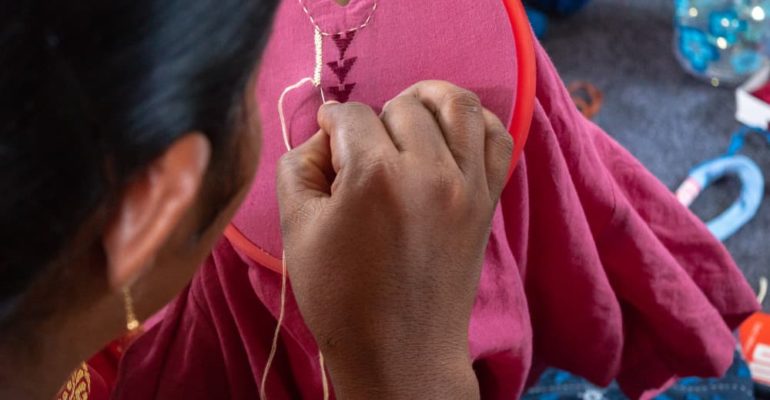Introducing legal reforms to make sure equal rights of women to ownership, inheritance and financial control; with a reinforcing view to their special skills and benefits and gripping them for quick and long – term macro – economic gains, at both national and local levels.
Reprioritizing official expenditure models and budgetary outlays with a specific aim of improving gender equality, through the introduction of special programmes and schemes that effectively motivate women’s action in entrepreneurial activities.
Enforcing equitable gender participation through the focused development of entrepreneurial activity for women that takes their legal, economic constraints and social culture into account. Policy changes should be initiated to overcome barriers in the gainful involvement of women in viable enterprises.
Starting government incentive programmes for emerging and existing enterprises that proactively involve women in various hierarchies. Educating entrepreneurs both present and future on the unique business and social benefits they stand to derive from this dynamic group.
Facilitating partnerships, between financial, women advisory and support agencies; in a way that compensates for their lack of formal business acumen, experience and funding access. Fostering partnerships between women entrepreneurs in related sectors to guide expertise and resources.
Starting effective start – up and ongoing support structures with safety net provisions to offer regular financial, technical and know – how assistance and lessen failure rates. Making sure ground level efficacy of such measure through regular monitoring and survey.
Enhancing Accountability
Enhancing accountability on women empowerment problems at both federal and state government levels through neutral assessment of executive agencies and similar state – sponsored programmes. Preferably highlighting achievements and deficiencies to enable evolution that are constructive of such practices.
The complementary policy problems in entrepreneurship education must include increasing women enrolment in schools at various levels especially in the agriculture fields to lessen gender inequality. Budgetary allocation must be made to assist more regular and vocational education.
More workshops and seminars must be sponsored and extended to rural areas to grow women’s capacity to begin and grow their agribusiness, make sound business plan or feasibility and increase their managerial and technical capacity in agribusiness.
Modern processing plants and storage facilities must be installed for women groups on private and government joint partnership basis so that women can process and store farm produce with ease. The enabling ambiance in terms of gender – friendly policies, good roads, electricity and pipe – borne water must be offered by the various arms of government.
FAQs
- Is there any women welfare scheme in India?
Yes, the Indian government has recognized the issues faced by women and have introduced women welfare schemes.
- What is women welfare?
It’s a welfare program which helps to promote the welfare of women by offering extra attention to the prevention, eradication in any form.
- How to empower women?
Boosting women’s self-esteem, shutting down the negativity and being open and honesty and supporting women run businesses are some of the ways to empower women.
- What are the types of empowerment?
Women empowerment can be categorized into 5 main parts and they are social, economic, educational, psychological and political.
- The advantages of employee empowerment
Employee empowerment are committed, loyal and potentially more productive. When staffs are offered the resources and tools needed to successfully manage or lead their own projects, work on their goals and drive their career.

